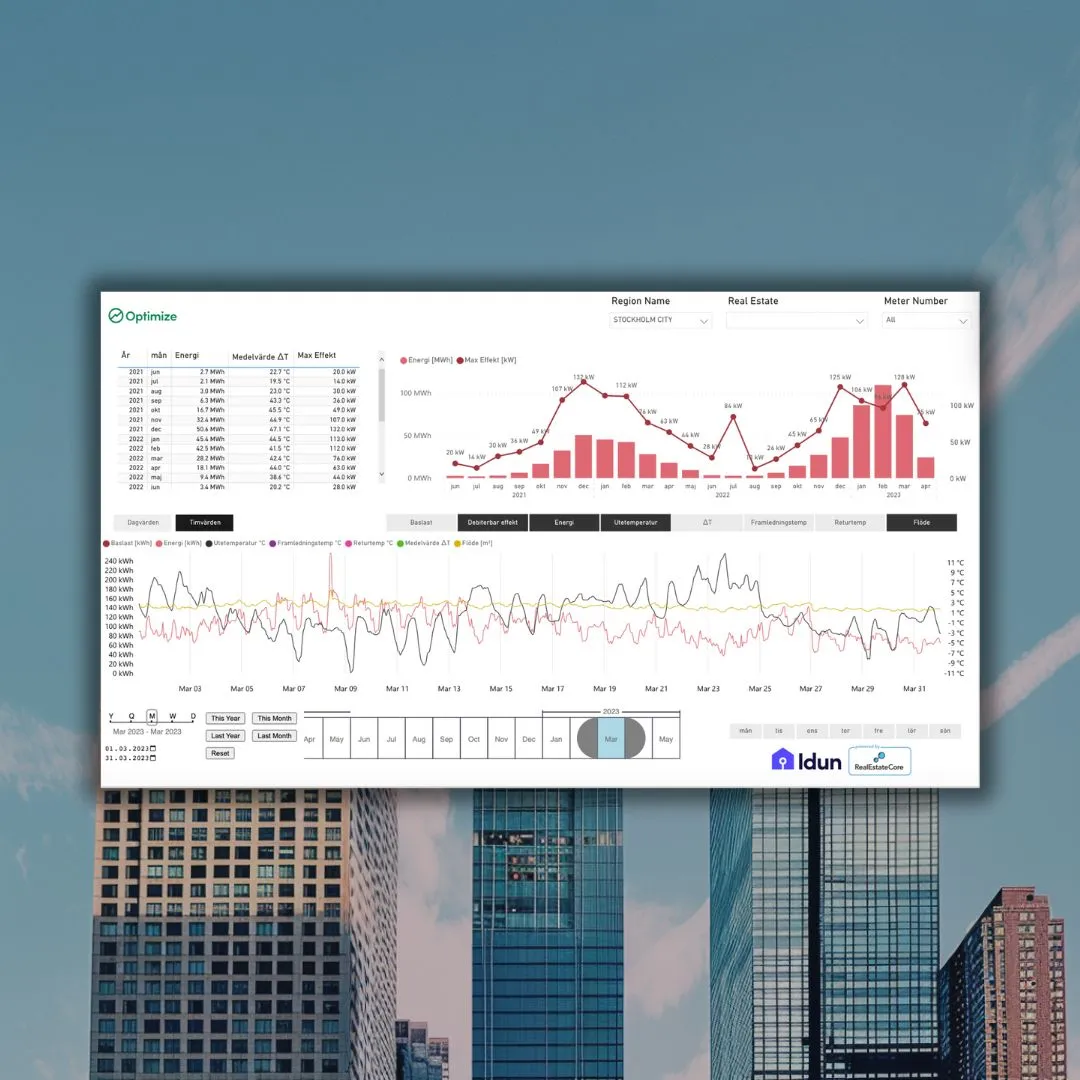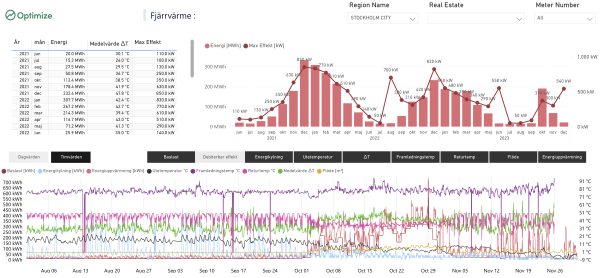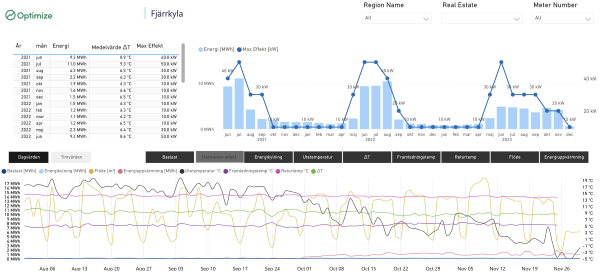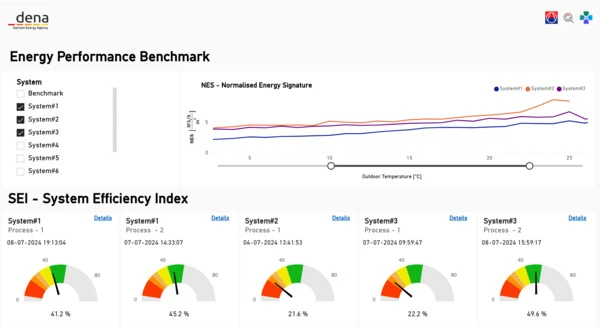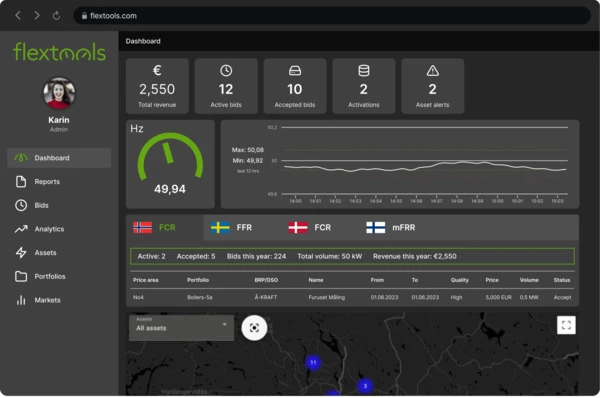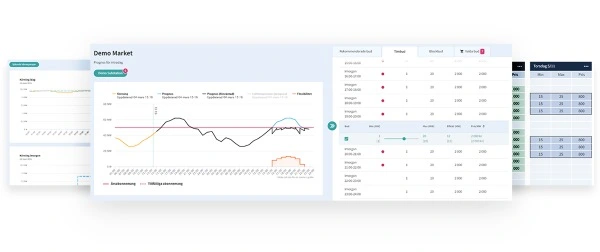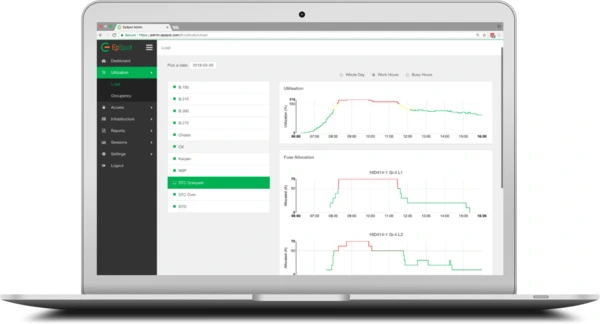ProptechOS and Partner applications form a comprehensive toolbox designed to revolutionize energy savings across all stages of the energy efficiency journey. Property owners will find cutting edge solutions to meticulously plan and identify optimal energy-saving initiatives. Starting with simple no-investment fixes, such as addressing misconfigurations and spotting failing equipment, and short-payback initiatives as heat pumps and preventing unused consumption. As the journey progresses, more advanced solutions come into play, including real-time control systems and predictive maintenance powered by artificial intelligence. These cutting-edge technologies not only optimize energy usage but also preempt potential issues, ensuring seamless operations and maximum efficiency. By integrating these wide-ranging applications, property owners can achieve substantial cost savings, achieve sustainability, and enhance the overall value of their properties.
With the strength of an ecosystem, ProptechOS and Partners provide best-of-breed solutions for your long term energy saving journey.
Cover the low hanging fruit with analysis and data driven configuration optimization
Target the low hanging fruit with thorough analysis and data-driven configuration optimization. Utilize advanced proptech applications to identify quick-win opportunities across your entire portfolio such as optimizing configurations and fixing failing equipment. By leveraging data insights, you can fine-tune these basic elements to achieve immediate and significant energy reductions. This strategic approach not only provides rapid returns but also builds a solid foundation and a high resolution benchmark for more complex energy-saving initiatives. Embrace this method to maximize efficiency, reduce costs, and pave the way for sustained energy management success.
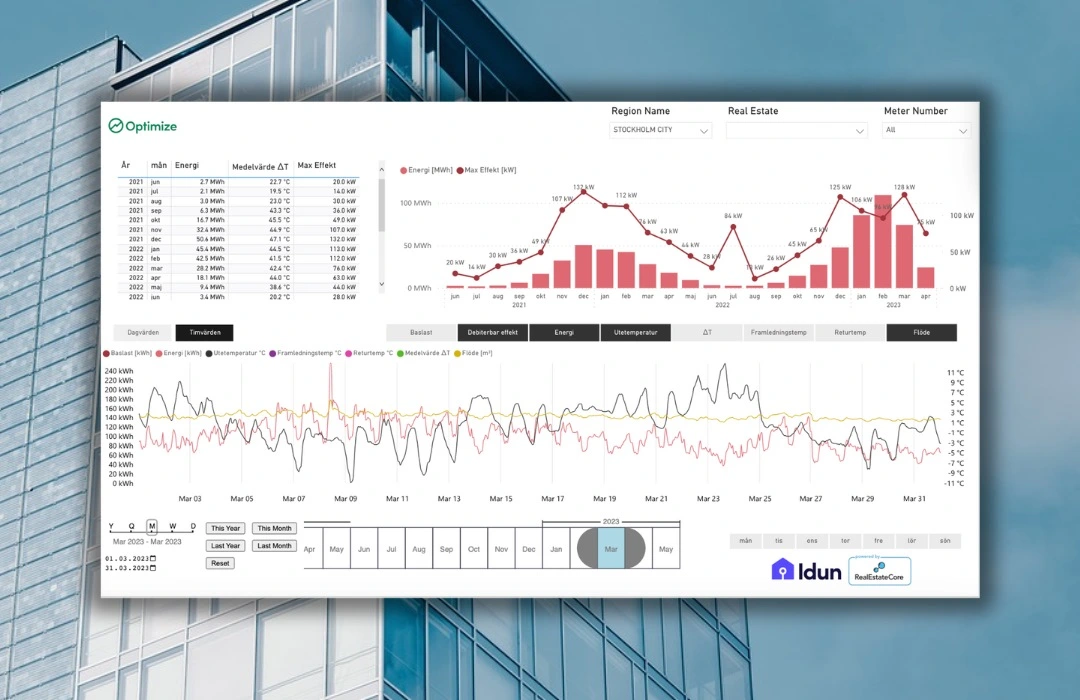
Read more about analysis and configuration optimization
By Erik Wallin | 2024-07-12
ProptechOS, a software company specializing in building data and management, has developed an Energy Performance platform for German Energy Agency (Deutsche Energie-Agentur, dena) in collaboration with ClimaCheck.
By Erik Wallin | 2023-01-21
Real estate’s energy efficiency is crucial for reducing emissions. Everything from building retrofits to renewable energy to make your property sustainable.
By Erik Wallin | 2023-05-29
Learn how energy recovery ventilation helps CRE buildings conserve energy, improve air quality, and reduce costs while promoting sustainability.
By Erik Wallin | 2023-11-06
Discover the vital role of chiller systems in commercial buildings. Learn about different systems, their benefits, and maintenance tips for optimal performance.
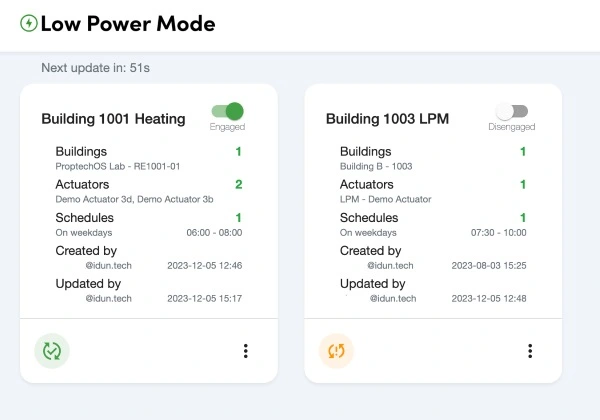
Reach the state of the art with Advanced control and AI
Elevate your energy management to the state of the art with an Advanced Supervisory Control (ASC) systems to optimize energy usage in real time. These sophisticated tools enable precise adjustments and predictive maintenance, ensuring peak efficiency and minimal waste. By leveraging AI, these systems can learn from data patterns and continually improve performance, adapting to changing conditions and demands. Embrace these cutting-edge technologies by tapping into an entire ecosystem of innovation.

Read more about Advanced control and AI
By Erik Wallin | 2023-07-14
Enhance operational efficiency, improve tenant experience, and maximize property value through effective supervisory control implementation.
By Erik Wallin | 2021-03-29
From day one, when Vasakronan implemented ProptechOS, the goal has always been to optimize their buildings within a range of business-critical areas, sustainability, well-being, productivity, and cost savings. Now they can see the results and they are above expectations.
By Erik Wallin | 2023-06-19
Supercharge indoor air quality and energy efficiency with demand controlled ventilation systems. Discover this game-changing technology now.
Contribute and earn with grid flexibility
Optimize energy usage, reduce cost and contribute to a resilient and efficient electricity grid with flexibility markets and demand response applications. These innovative applications allow properties to dynamically adjust their power consumption based on real-time grid conditions and market signals. By participating in demand response markets, property owners can reap financial rewards for reducing or shifting their energy usage during peak demand periods. This not only lowers energy bills but also contributes to grid stability and sustainability.
ProptechOS and energy flexibility Partners ensures that property owners remain at the forefront of sustainability and energy management, enhancing the value and efficiency of their assets.
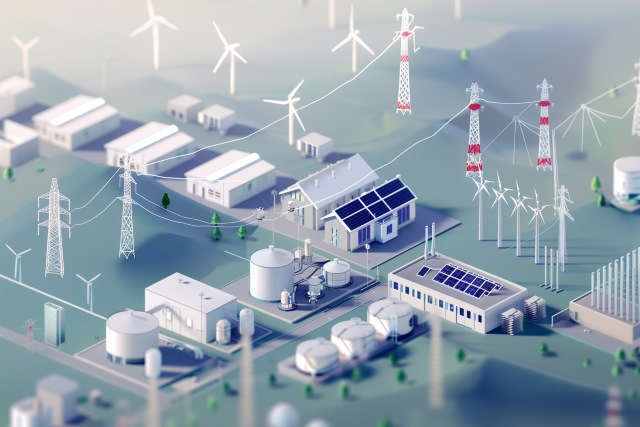
Read more about grid flexibility
By Erik Wallin | 2024-06-26
Learn how flexible power and demand response solutions enhance energy efficiency and optimize resource use for a sustainable future in CRE.
By Per Karlberg | 2021-12-01
Smart city initiative in Stockholm: EV chargers and buildings adjust power for grid demand response.
By Erik Wallin | 2024-02-27
Step into the future of commercial real estate with IoT-based energy management. Ready to lead the change in the smart building revolution?
